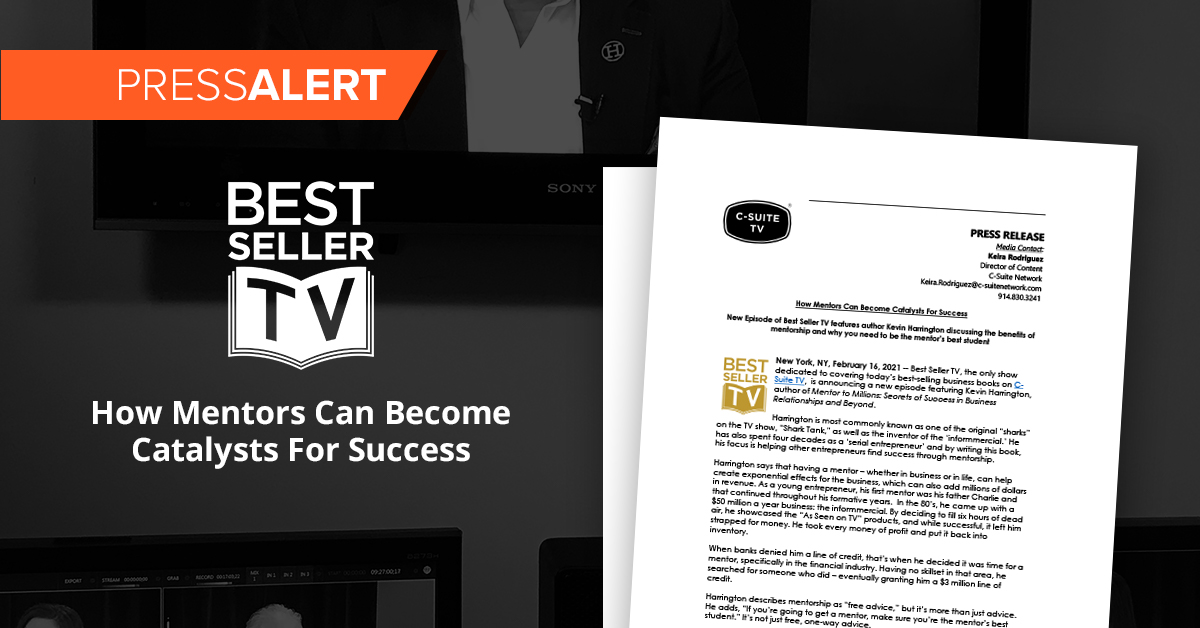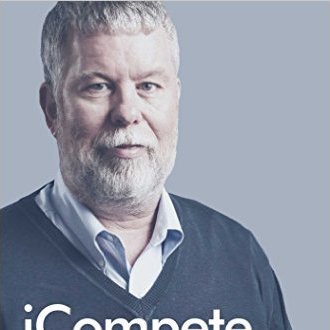
Recent events have shaken things up and with the current narrative around the “Great Resignation,” the “Great Re-shuffle,” and “Quiet Quitting.” The need for influential leaders who can inspire others to do their best and work collaboratively in the passionate pursuit of shared visions has never been more apparent.
According to the 2022 PwC Global Workforce Hopes and Fears Survey, 1 in 5 people surveyed is extremely likely, or very likely, to leave their job this year. Those people gave 5 reasons for considering leaving their current position.
They said that they:
1. Do not find their job fulfilling
2. Do not feel they can be their authentic self at work
3. Do not feel fairly rewarded financially
4. Do not feel their team cares about them
5. Do not feel that their manager listens to them
You can ride out the challenges the last couple of years created and hope your team members will still be there, but I don’t know many successful business leaders who watch significant trends from the sidelines.
Every team and organization has strategic goals that will remain elusive without your people’s engagement.
Here are my top 4 tips for beginning to move the needle on your Leadership and how to create a team that genuinely wins together:
1. Communicate Often
The most connected teams are the teams that encourage and practice strong communication.
Frequent, clear communication makes for a cohesive team. Regular communication builds trust, mutual respect, and psychological safety, which are the pillars of your team’s success. Having a relationship with your coworkers, beyond communicating about tasks, makes it easier to talk about an issue or concern; and more effective in creating clarity. If you rarely communicate with your team, it is unlikely that you will have much of a relationship with them, which makes a connection, trust, psychological safety, and mutual respect almost impossible to achieve.
2. Learn Together
Learning together as a group creates connection in a way few other experiences will. Think back to when you were in school. Remember the friendships formed through your shared experiences?
Developing as a group, rather than individually, offers significantly more benefits if your goal is to create an unstoppable team. Learning as a team means you are accountable for your growth and development together. The likelihood of you staying the course and integrating your learning into action increases when you share that journey with others in your team. Learning in a group setting allows you to gain different insights and perspectives and continues to create deeper human connections that contribute to the pillars of trust, mutual respect, and psychological safety. Often someone on your team will share new ideas or solutions you may not have thought of on your own!
3. Leverage Strengths
The key to successful teams is to allow people to use their strengths daily. Traditional thinking focuses on mitigating weakness; however, research suggests that the strongest and most consistent correlation to successful business outcomes and the best teams is the ability to use one’s core strength most of the time. Our core strengths are an expression of our values in our behavior. Living personal values in day-to-day work contributes to a more productive, healthy, and happy workplace. When we are expressing our values, we are playing to our strengths. Your people will serve their highest potential if they find meaning, purpose, and success in their work!
4. Learn from an Expert
If you want to learn about the latest research, data, and workplace culture trends and are ready to be more effective in your role as a leader, and discover how I use my 27 years of experience working with 1,000’s humans from a wide range of industries to help them lean into their potential and become Massively Human Leaders.
Join me for my upcoming Masterclass Develop Massively Human® Leaders to build Unstoppable Teams here: https://human.gg/csuite










